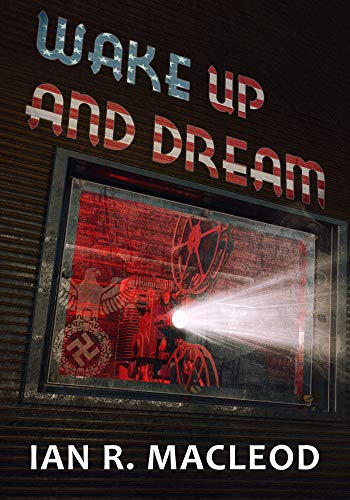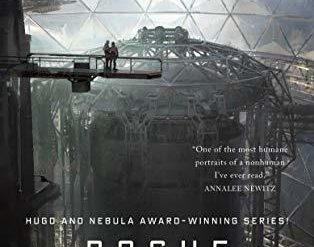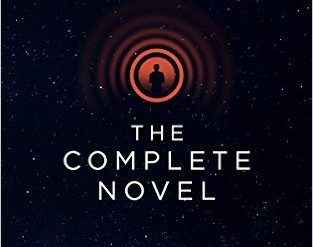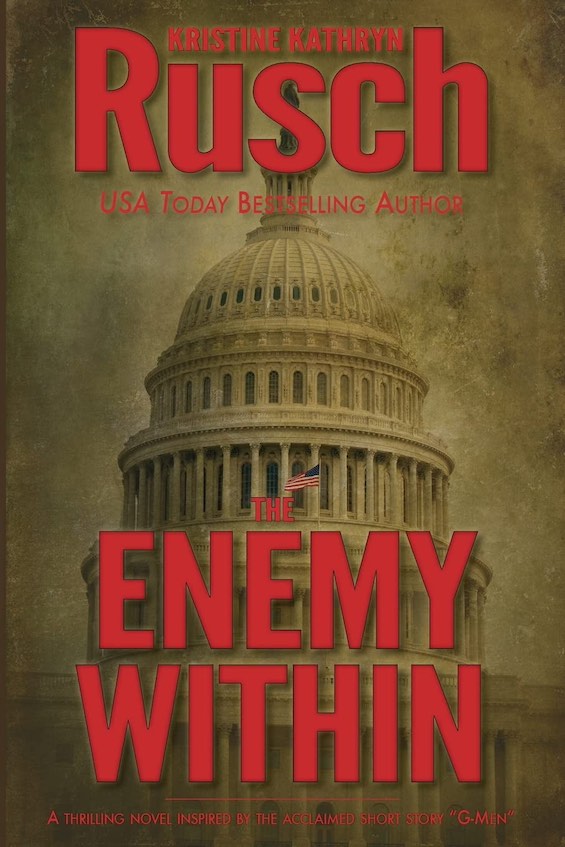
Estimated reading time: 5 minutes
London. 1952. Twelve years earlier, the United Kingdom had surrendered to Nazi Germany following a brief and humiliating war in Norway. Now, Prime Minister Lord Beaverbrook leads a cabinet that includes the Fascist leader, Sir Oswald Mosley, in the critical post of Home Minister. Mosley’s police and his bully-boy Auxiliaries crack down on any sign of dissent. Meanwhile, as the Nzi war against the Soviet Union rages in the East, England is poor and getting poorer. And, under pressure from the enormous German Embassy, the government has adopted ever more restrictive measures against England’s Jews. But none of this sits at all well with former Minister of War Winston Churchill, who leads a growing Resistance to the emerging tyranny. This is the setting for Dominion, historical novelist C. J. Sansom’s award-winning alternate history. It’s a thriller with a propulsive plot.
Unlikely? Not at all!
In fact, Winston Churchill’s ascension as Prime Minister in May 1940 might not have happened. When Churchill’s planned Norway campaign failed humiliatingly earlier that year, opposition in the country and the House of Commons forced Neville Chamberlain to step down. Lord Halifax, the Foreign Minister, was the overwhelming choice of Chamberlain, the ruling Conservative Party, and King George VI to succeed him. But Halifax balked. He shrank from the responsibility. And he knew Churchill, however unpopular, was the right man to lead the country in war. But, days later, Halifax and Chamberlain brought immense pressure on Churchill to negotiate with Hitler—and they set the wheels in motion for Mussolini to arrange it. It was a close call, as Anthony McCarten brilliantly shows in his book, Darkest Hour. And author C. J. Sansom grounds his novel in the assumption that Halifax does indeed become Prime Minister in 1940.
Dominion by C. J. Sansom (2012) 640 pages ★★★★★
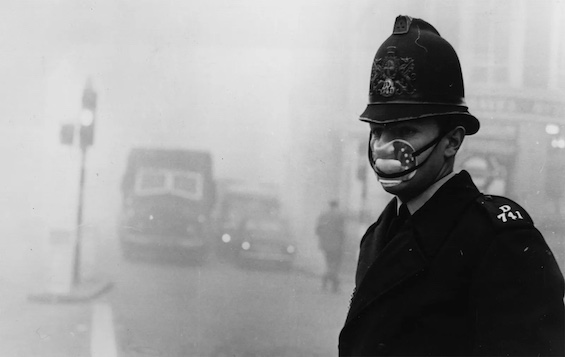
Deadly secrets and a duel between the Gestapo and the Resistance
Sansom’s novel revolves around two brothers, both scientists. Painfully shy and suspicious Frank Muncaster toils away in a laboratory in England, shunning human contact. His older brother, Edgar, a blustery and domineering sort and an alcoholic, is a physicist employed in nuclear weapons research for the US government in California. And when their mother dies, the newly divorced Edgar flies home to claim his share of the proceeds of her home. Drunk, he reveals to Frank a secret about his research that could decide the course of world affairs. And now Frank becomes the target of three governments—German, British, and American—all of which want to know what Edgar has told him. In fact, the Germans have sent a top-flight Gestapo agent to Britain to kidnap the scientist.
But Frank has his protectors in the Resistance. A high-level cell in the Civil Service has gotten wind of Frank’s predicament and sets out to free him from the insane asylum where he has been imprisoned. We view events largely through the eyes of David Fitzgerald, a functionary in the Ministry of Dominion Affairs, and his pacifist wife, Sarah. Fitzgerald, who harbors his own deadly secret, had joined the Resistance as a spy in 1950, two years before the action begins in the novel.
It was Fitzgerald’s best friend, Geoff, who recruited him. And they become involved in Frank’s rescue because they’d both been friendly with him as students at Oxford. Working together with a more senior man they know as Mr. Jackson, a Slovak woman who calls herself Natalia, and a Scottish Communist named Ben, they set out on a perilous path to free Frank and ensure that his secret can never fall into the hands of the Nazis. But at every turn, they find themselves in the sights of the Gestapo and Scotland Yard’s Special Branch.
About the author
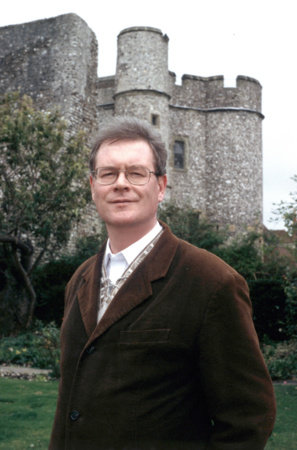
C. J. (Christopher John) Sansom was born in Edinburgh in 1952. He received both a BA and a PhD in history from the University of Birmingham. Following a career as a solicitor, he turned to full-time writing, publishing ten novels beginning in 2003. He’s best known for the eight novels to date featuring Matthew Shardlake, a lawyer in the time of Henry VIII who takes on investigative assignments for the crown. He’s won several awards for the series. Sansom has also written a spy novel as well as Dominion, his only science fiction story. The novel garnered the Sidewise Prize, the highest award in the field of alternate history.
For related reading
I’ve reviewed the first two of the author’s eight Matthew Shardlake historical detective novels:
- Dissolution (In 1536, a lawyer investigates a murder at a monastery)
- Dark Fire (King Henry VIII’s search for an ancient superweapon)
This is one of the Great alternate history novels.
For an excellent contemporaneous review of this novel, see “A gripping thriller about Britain under Nazi rule impresses Mark Lawson” (Guardian, December 6, 2012).
For more good reading, check out:
- These novels won both Hugo and Nebula Awards
- The ultimate guide to the all-time best science fiction novels
- The top science fiction novels
- 10 new science fiction authors worth reading now
And you can always find my most popular reviews, and the most recent ones, on the Home Page.

